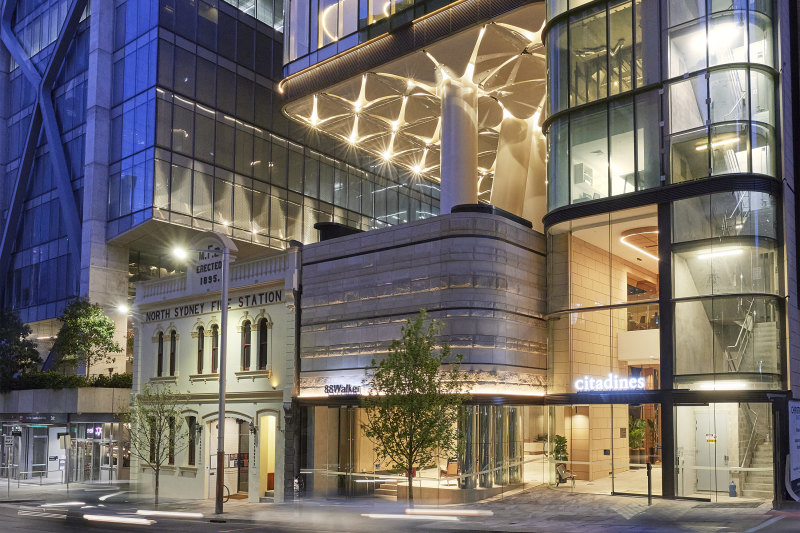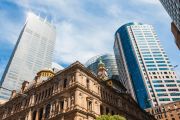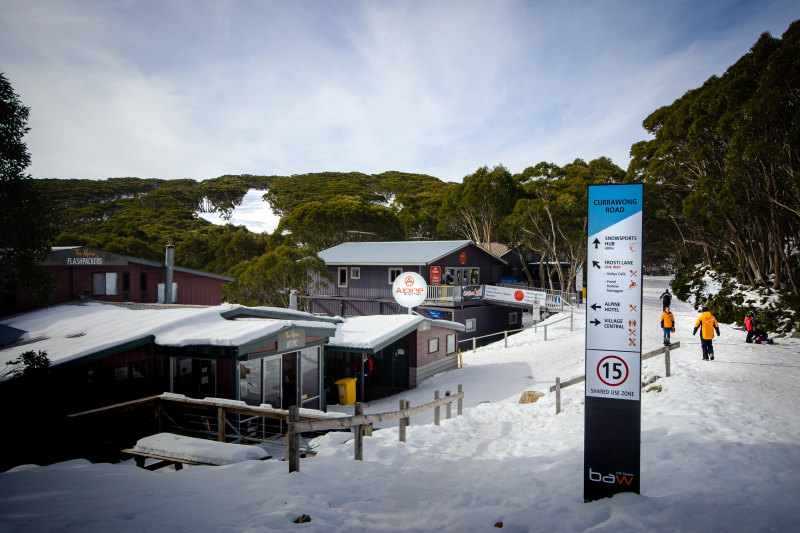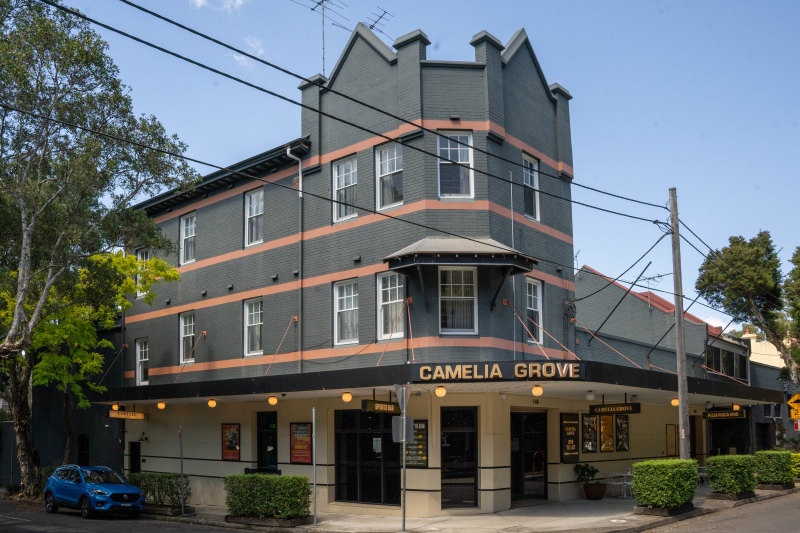
Why investors eye offices in Sydney, Brisbane – but not Melbourne
Workers returning to their offices are driving a pick-up in office transactions, with investors and developers looking for opportunities in Sydney and Brisbane – but not yet Melbourne, new JLL analysis of the market shows.
National office sales volumes jumped 61 per cent over the first three quarters of 2024 – compared with the same nine months of 2023 – to $6.1 billion, driven by deals such as Deka Immobilien’s $395 million purchase of Charter Hall’s 333 George Street in Sydney, the JLL figures show.
Sydney developer Billbergia, which developed the 49-storey 88 Walker Street tower in North Sydney and leased the upper floors to data centre operator AirTrunk for an initial $1350 per square metre before selling the building for a reported $170 million, is looking for more sites.

“With the normalisation of attendance at work for offices over the next three-to-five years, there isn’t enough space for everyone that’s working from home,” Billbergia development director Rick Graf told The Australian Financial Review.
“The prime market still continues to be Sydney CBD, North Sydney and Macquarie Park. Everywhere else is a non-prime asset, and we probably wouldn’t be looking at those for future pipeline.”
Office assets are still reeling from their post-pandemic slump, which has cut 22 per cent from values on average – more than the hit they took during the global financial crisis. But with borrowing costs starting to ease overseas, and values having stabilised in a market such as Sydney, international investors are again looking for assets.

“Generally speaking, the overwhelming preference is Sydney investment and exposure from capital,” JLL’s head of capital markets for Australia, Luke Billiau, said.
“Sydney is the preference. We’re starting to see an increase in activity followed by Brisbane, whereas there’s still a lot of ambiguity around the Melbourne market.”
Some transactions are happening in Melbourne, such as the $30 million sale of the nine-storey 411 Collins Street and $40 million purchase of 425 Collins Street – at a 20 per cent discount from its peak value – but there are few new projects taking place.
Melbourne office cap rates were still likely to widen by another 100 basis points – reflecting a further fall in value – before they reached the bottom of this cycle, US-based investor Nuveen’s chief investment officer and head of Asia Pacific operations, Louise Kavanagh, told the Financial Review last month.
The national pick-up in office sales over the first nine months of this year – from $3.8 billion in the same period of last year – added to the $8.3 billion-worth of industrial sales (up two-thirds on the first three quarters of 2023) and $4.3 billion-worth of retail property sales (up 12 per cent), JLL said, pointing to a stronger year as a whole.
“We believe the market is on track to record around $28 billion for full-year sales volumes, based on the activity in the first nine months and with the December quarter traditionally the strongest sales quarter,” Mr Billiau said.
“This would see the full-year volumes round out just below the 10-year average of $31 billion and signals the market is rebounding.”
The flight to quality by office tenants globally had ensured that leasing rates for the highest-rated buildings had held up, Mr Billiau said. “The actual income side of office investment has held up, which has been positive.”
Rents for further space AirTrunk – acquired by global investment giant Blackstone in a deal valuing it at $24 billion – was taking in 88 Walker Street were now more than $1500 per square metre, industry sources said.
Mr Graf said the preference of office occupiers would remain for higher-quality space in better buildings.
“I would see that being very much headed back toward the A-grade-and-above category rather than going back to occupy B- and C-grade assets,” he said.











